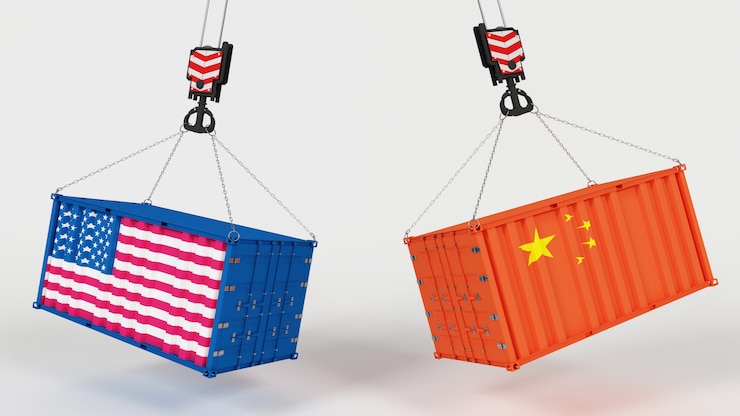
It seems counterintuitive, but electric automobiles that have been flooded with saltwater can catch hearth. That’s tested to be a problem in Florida in the aftermath of Hurricane Ian, which flooded elements of the state very last thirty day period.
Now, Florida officials are in search of responses. This week, U.S. Senator Rick Scott wrote about the challenge to the Office of Transportation and electrical-auto makers. In a letter dealt with to transportation secretary Pete Buttigieg, Scott wrote:
In addition to the hurt caused by the storm itself, the saltwater flooding in a number of coastal places has had further more destructive repercussions in the aftermath of Hurricane Ian by leading to the lithium ion batteries in flooded electrical autos (EVs) to spontaneously combust and capture fire. This rising risk has pressured area fire departments to divert methods away from hurricane restoration to control and contain these harmful fires. Automobile fires from electric automobiles have confirmed to be particularly dangerous and last for a extended interval, having in lots of scenarios up to six hours to burn up out. Alarmingly, even after the automobile fires have been extinguished, they can reignite in an quick. Sadly, some Florida households which survived Hurricane Ian, have now been lost to fires brought on by flooded EVs.
Scott asked Buttigieg what steerage his division has provided—or questioned EV makers to provide—to buyers, as nicely as what protocols it is made for the carmakers themselves.
Jimmy Patronis, Florida’s chief monetary officer and state fireplace marshal, also weighed in on the situation. Last week, he wrote to Jack Danielson, executive director National Freeway Targeted visitors Security Administration, inquiring for “immediate guidance” and noting, “In my working experience, Southwest Florida has a major selection of EVs in use, and if these EVs were still left driving, exposed to storm surge, and sitting in garages, there is a possibility of fires.”
He mentioned that, based on his analysis, “much of the advice on submerged cars does not deal with particular dangers connected with exposure of EVs to saltwater.” He extra that before this thirty day period, “I joined North Collier Fire Rescue…and noticed with my personal eyes an EV constantly ignite, and continuously reignite, as fireteams doused the automobile with tens-of-countless numbers of gallons of h2o.”
He also warned that “EVs could be a ticking time bomb.”
On Twitter, Patronis shared a movie of firefighters trying extinguish a burning Tesla. He wrote in the tweet, “There’s a ton of EVs disabled from Ian. As those people batteries corrode, fires start off. That’s a new obstacle that our firefighters have not faced just before. At the very least on this type of scale.”
In a reply to Patronis, Danielson wrote:
Check results distinct to saltwater submersion display that salt bridges can form inside the battery pack and deliver a route for limited circuit and self-heating. This can direct to fire ignition. As with other types of battery degradation, the time period of time for this changeover from self-heating to hearth ignition can differ tremendously.
He included:
It could be helpful for people who are not associated in speedy lifesaving missions to recognize flooded autos with lithium-ion batteries and go them at minimum 50 ft from any structures, autos, or combustibles.
Sign up for the Fortune Features email record so you do not skip our most significant options, special interviews, and investigations.






More Stories
Think three times before you customize
Where to Start with Local SEO
Charting the global economy: inflation eases from US to Europe